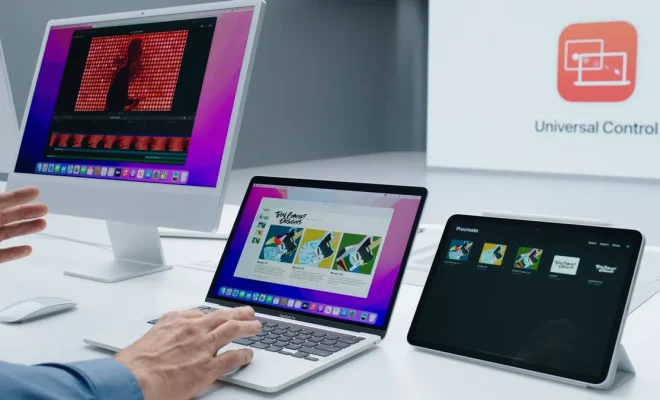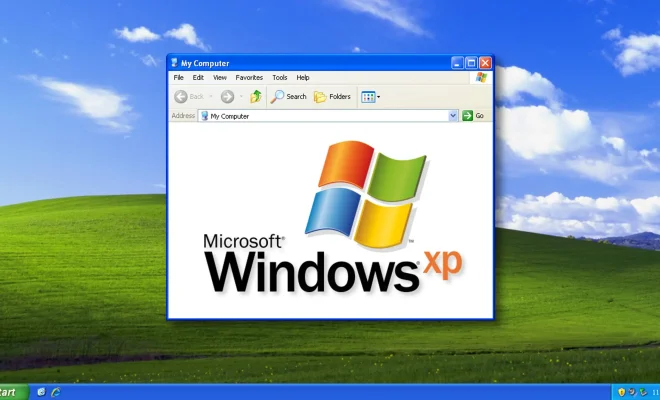What Is Channel Bonding? It Could Double Your Internet Speed

In today’s fast-paced world, internet speed is everything. Whether browsing the web, streaming movies, or downloading files, a slow internet connection can be frustrating and time-consuming. Fortunately, channel bonding technology offers a potential solution to this common problem.
So, what is channel bonding? Essentially, it’s a technique that combines multiple internet connections into a single, faster connection. By bonding these connections, users can potentially increase their download and upload speeds by up to two times.
To put it in simpler terms, channel bonding involves taking two or more internet connections, such as Wi-Fi, Ethernet, or cellular data, and combining them into a single, reliable connection. The technology essentially aggregates the bandwidth of each connection, resulting in faster speeds and greater reliability.
But how does channel bonding work? Essentially, it involves taking data packets from each connection and aggregating them into a single stream. The technology then uses algorithms to manage this data flow and ensure a consistent, high-quality connection.
One of the key benefits of channel bonding is its ability to provide a more stable internet connection. If one of the connections experiences a drop in speed or becomes unavailable altogether, the other connections will continue providing a reliable signal. This means that users can enjoy a constant internet connection without worrying about outages or interruptions.
Another benefit of channel bonding is its scalability. As internet usage continues to grow, users can add more connections to their network to increase bandwidth and speed. This scalability also means that businesses and organizations can use channel bonding to provide high-speed internet to large numbers of users all at once.
So, who can benefit from channel bonding technology? Anyone who requires fast and reliable internet speeds can potentially benefit from this technology. It’s especially useful for individuals or businesses that require a lot of bandwidth for streaming, downloading, or uploading large files.
In conclusion, channel bonding is a powerful technology that has the potential to double internet speeds and provide greater reliability. Whether you’re a casual internet user or a business owner, channel bonding can help you get the most out of your internet connection. So why not give it a try and see how it can benefit you?






